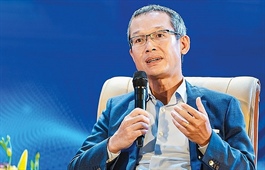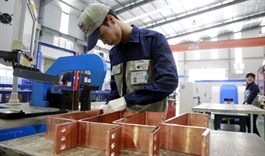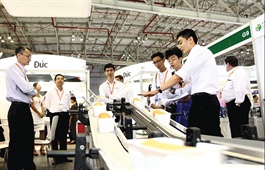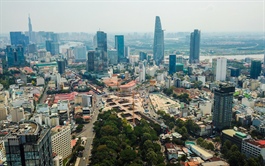Vietnamese firms discover ins and outs of EVFTA rules of origin
Vietnamese firms discover ins and outs of EVFTA rules of origin
The rules of origin in the EU-Vietnam Free Trade Agreement (EVFTA) that took effect in August 2020 are complicated, but a number of key export products and Vietnamese enterprises are striving to take advantage of the flexibility they provide.
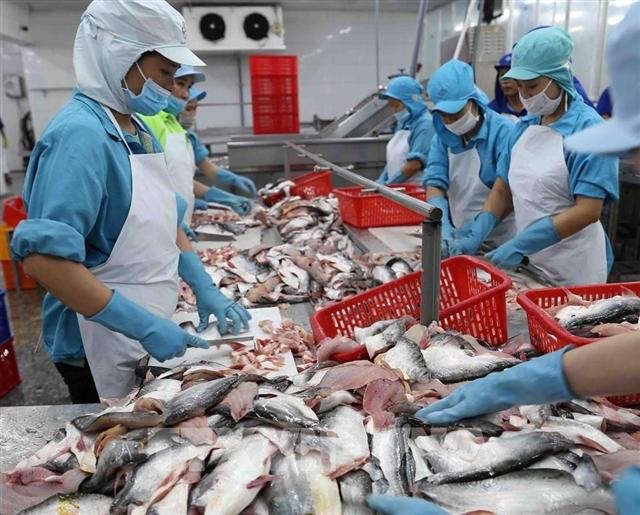
EVFTA is a door for Vietnamese goods to gain a foothold in the EU market
|
Advantages for textiles, seafood
Circular 11/2020/TT-BCT of the Ministry of Industry and Trade (MoIT) regulates the EVFTA rules regarding goods of pure and non-pure origin. Pure origin goods are those made with raw materials from a member country of the agreement. Goods of non-pure origin can only enjoy tariff preferences if they meet some basic specified criteria including material allowance and processing stages.
According to the Agency of Foreign Trade under the MoIT, the EVFTA rules of origin are based on the rules of origin of the Generalized System of Preferences (GSP) and they allow a number of Vietnam’s major exports to the EU to have combined origin. For example, Vietnamese textiles and garment exporters are allowed to use combined materials from the Republic of Korea and Japan (which have FTAs with the EU). They also allow the combined use of raw squid and octopus from ASEAN countries to produce processed export products to the EU.
According to the MoIT, from August 1, 2020 to April 4, 2021, authorized agencies and organizations issued more than 127,296 certificates of origin (C/Os) with turnover of more than US$4.78 billion. The high value of certified exported goods to the EU reflects a growing level of adaptation by domestic enterprises to the rules of the EVFTA.
Proactive approach to raw material supplies
However, many Vietnamese firms still encounter challenges in adapting to the new agreement. At present, some 60 percent of raw materials for production and exports of textile and garment products are imported from China and are not entitled to tariff preferences. Regarding seafood products, the agreement requires higher environmental commitments related to fishing, which could increase production costs and product prices.
However, these pressures will also encourage domestic enterprises to improve their production capacity, deep processing, and supply chain of raw materials to meet the rules of origin and enjoy preferential treatment.
In addition to drafting guiding documents, the MoIT has also coordinated with associations in the textile and footwear industries to formulate strategies for developing domestic raw material sources and accessories, as well as designs. It also strengthened the state management over issuing certificates of origin and combating origin fraud. So far, export businesses themselves have certified the certificates for nearly 3,585 shipments worth more than US$10.88 million, entitled to tax incentives under the EVFTA.
In the coming months, the ministry will provide technical support for Vietnamese enterprises facing a request for origin inspection and verification from the EU. It will also set up inspection teams to directly check and verify the origin at production facilities to ensure correct implementation of the rules of origin and prevent origin fraud.
| EVFTA is considered a door for Vietnamese goods to a potential market of about 500 million people with per-capita income of over US$32,000 a year. |





